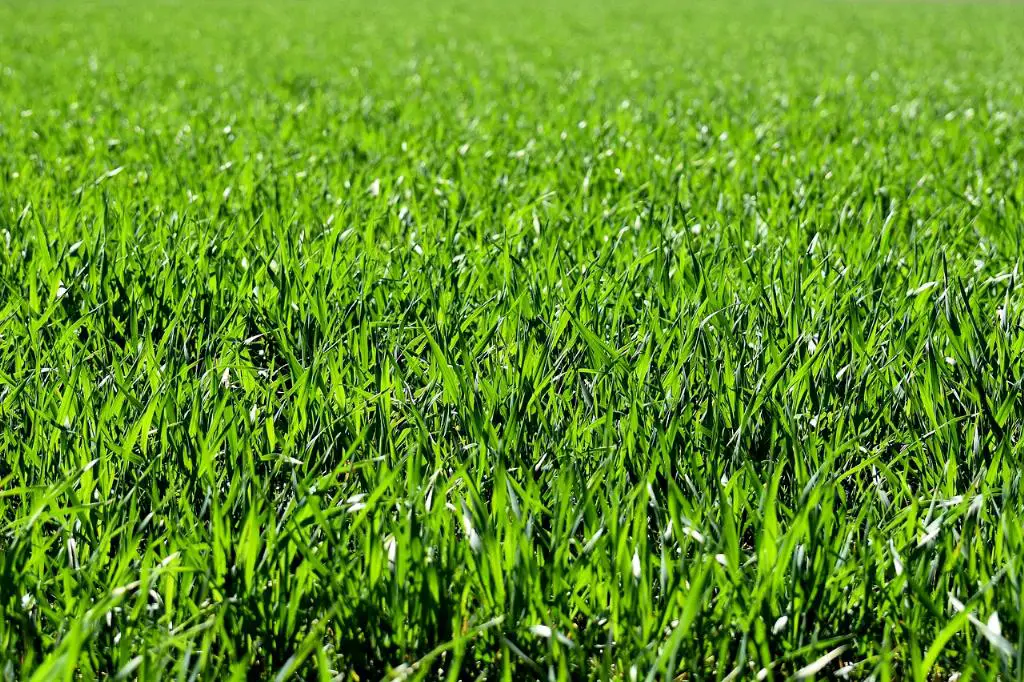Lawns have long been a staple of traditional landscaping, adorning front yards and parks with lush green expanses. However, the environmental impact of maintaining lawns has come under scrutiny in recent years. One of the key concerns is the carbon footprint associated with traditional lawns compared to native landscapes.
Carbon Footprint of Traditional Landscaping
Traditional lawns require frequent maintenance, which often involves the use of lawn equipment powered by fossil fuels. Lawn mowers, edgers, and trimmers emit pollutants such as carbon monoxide and nitrogen oxides, contributing to air pollution and greenhouse gas emissions. These emissions can have a negative impact on air quality and climate change.
Water Usage and Chemicals
Another environmental concern related to lawns is water usage. Maintaining a green lawn in dry climates or during periods of drought can lead to excessive water consumption. Additionally, the use of fertilizers and pesticides on lawns can contribute to water pollution, contaminating water sources with harmful chemicals.
Biodiversity and Habitat Loss
Lawns, with their uniform grass cover, often lack biodiversity and provide limited habitat for wildlife. Native landscapes, on the other hand, support a diverse range of plant and animal species. Converting traditional lawns to native landscapes can help promote biodiversity and create habitat for pollinators and other wildlife.
Soil Health and Erosion
The constant mowing and trampling of traditional lawns can degrade soil structure and lead to compaction. This can reduce the soil’s ability to retain water and nutrients, affecting plant growth and overall ecosystem health. In addition, exposed soil on lawns is prone to erosion, especially during heavy rainfall.
Alternatives to Traditional Lawns
There are several alternatives to traditional lawns that offer environmental benefits. Planting native grasses, wildflowers, and shrubs can reduce the need for water, fertilizers, and pesticides, while providing habitat for wildlife. Xeriscaping, which focuses on water-efficient landscaping, is another sustainable option.
Benefits of Sustainable Landscaping Practices
By adopting sustainable landscaping practices, homeowners and communities can reduce their environmental impact and create healthier outdoor spaces. Native landscapes require less water and maintenance than traditional lawns, making them a cost-effective and eco-friendly choice. Sustainable landscaping can also improve soil health and promote biodiversity.
Community Engagement and Education
Increasing awareness about the environmental impact of traditional lawns and promoting sustainable landscaping practices is essential for creating a more eco-conscious society. Community initiatives, educational programs, and local policies can encourage individuals to adopt greener landscaping practices and support biodiversity conservation.

Conclusion
While traditional lawns have long been a popular landscaping choice, their environmental impact raises important questions about sustainability. Considering the carbon footprint, water usage, biodiversity loss, and soil health issues associated with traditional lawns, it becomes evident that they may not be the most environmentally friendly option. By exploring alternatives such as native landscapes and adopting sustainable practices, we can create outdoor spaces that benefit both people and the planet.
